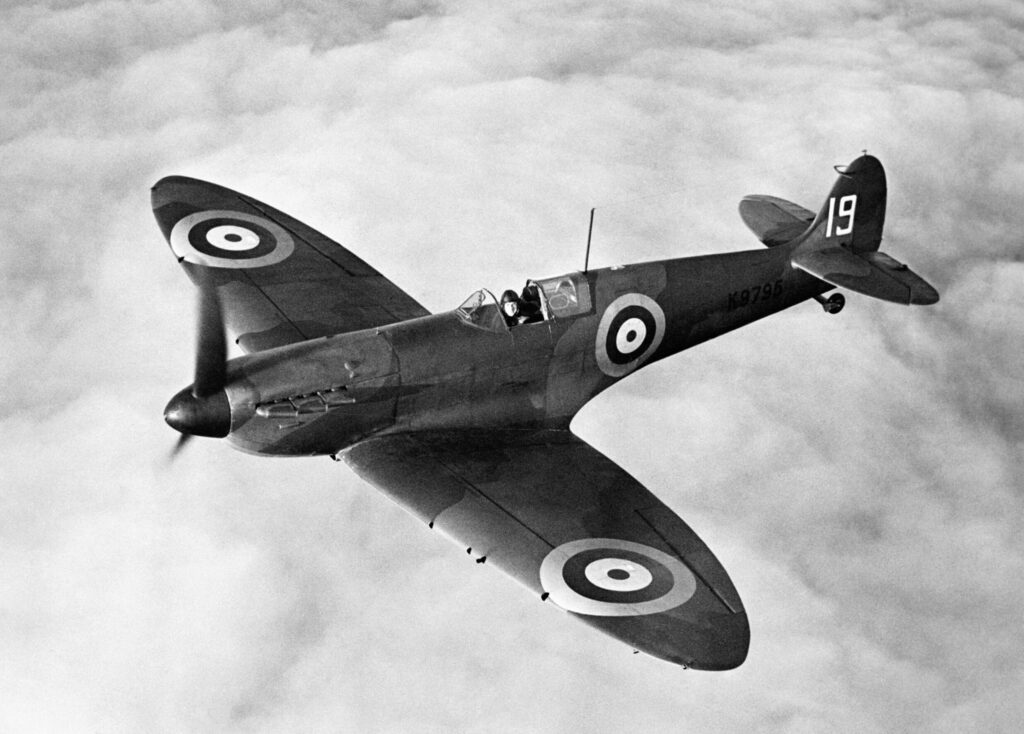
A short history of retrofitting
From wartime ingenuity to modern-day sustainability
‘Retrofitting’ became an urgent necessity during World War II when weapons technology was advancing rapidly. Planes and ships were becoming outdated even before their construction was complete, leading to the innovative approach of retrofitting these crafts with the latest technology. One iconic example is the Spitfire aircraft, which underwent multiple retrofitting phases during the war, enhancing its capabilities and adapting to evolving combat needs.
Retrofitting proved to be a cost-effective and practical approach to quickly integrate improvements into existing military equipment. This made these crafts more effective and adaptable to the intense pace of wartime technological advancements. Post-World War II, retrofitting concepts extended beyond the military to various industries.

In aviation, the Boeing 747 is a noteworthy example of retrofitting. Originally designed as a long-range aircraft, it underwent many retrofits, to transform into a versatile jumbo jet, meeting the ever-changing demands of the aviation industry.
The term ‘retrofitting’ itself, a blend of “retro,” meaning backward, and “fit,” indicating installation, gained prominence in the mid-20th century. It describes the process of upgrading or modifying existing structures, systems, or components to meet contemporary standards, requirements, or technological advancements.
While initially applied to military equipment and industrial machinery, retrofitting gradually expanded its scope to encompass a range of applications, including residential and commercial buildings. In the context of home improvement and energy efficiency, retrofitting refers to making enhancements to an existing structure to improve energy efficiency, safety, or overall performance.
Today, retrofitting is commonly associated with sustainability efforts, with projects often focusing on upgrading older buildings to meet modern environmental and energy standards. An exemplary project is the Empire State Building‘s retrofit in the early 21st century. This project achieved amazing energy efficiency results, reducing carbon emissions, and enhancing overall sustainability without compromising the building’s historic architecture.
Closer to home, the popular TV series Grand Designs offers amazing showcases of retrofit homes that brilliantly combine energy efficiency with style. The show explores innovative retrofitting solutions, demonstrating that eco-friendly design can be both stylish and sustainable. It serves as an inspiration for homeowners looking to enhance their homes with a touch of environmental consciousness.
But retrofitting isn’t just about grand designs – it’s about understanding your own home’s potential and taking practical steps to unlock it. Every home is different, and a whole house energy assessment is the key to uncovering how to make yours more comfortable, energy-efficient, and sustainable. With expert advice tailored to your property, you can avoid costly mistakes and plan improvements with confidence.
Start your journey towards a future-ready home by discovering your retrofit potential today – continuing the legacy of retrofitting, from wartime ingenuity to modern-day sustainability.
